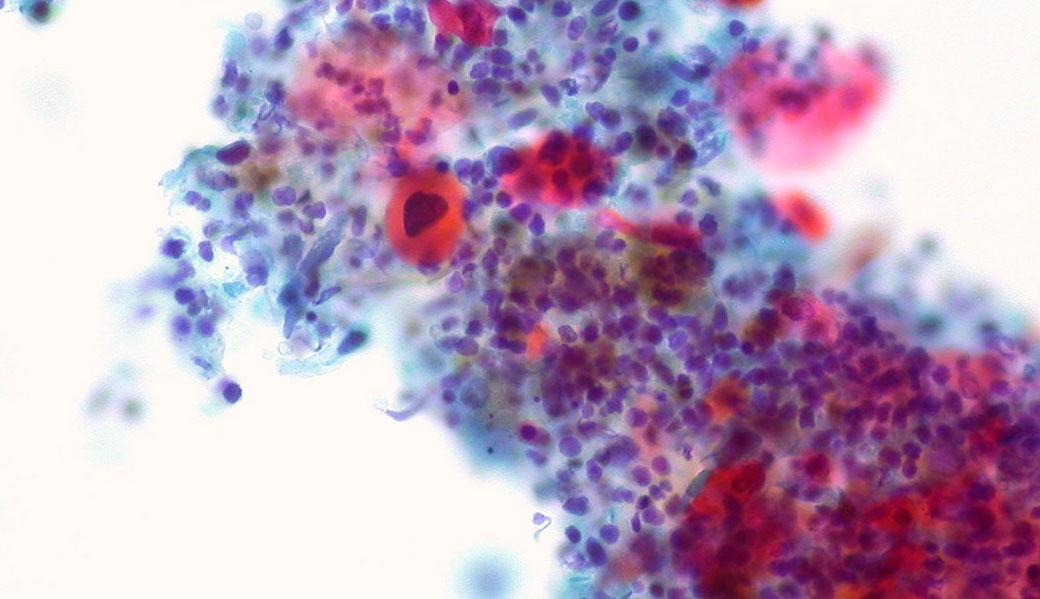One of the reasons tumors can grow out of control is that they survive harsh conditions that normal cells can’t. For example, many can thrive even when supplies of oxygen are low, which happens when tumor growth outpaces the formation of oxygen-supplying blood vessels. Garth Powis, D.Phil., professor and director of SBP’s NCI-designated Cancer Center, has been studying how tumors adapt to this condition, called hypoxia, in hopes of finding ways to block it, which would kill certain cancers.
Surviving hypoxia requires a protein called hypoxia inducible factor-1 (HIF-1), which controls genes involved in switching tumor metabolism to oxygen-independent pathways and promotes the growth of new blood vessels. Though blocking HIF-1 would kill hypoxic tumors, finding drugs that achieve this has so far proven difficult.
A new study from the Powis lab published in Cancer Research may have found another way to overcome cancers’ hypoxia resistance.
The research team found that eliminating or blocking an enzyme called aldolase A lowers activity of HIF-1 and inhibits growth of breast cancer tumors in mice. Aldolase A is responsible for one of the steps in glycolysis, a metabolic process crucial for tumor survival, as cancer cells use it to generate energy more than normal cells.
“Our findings suggest that HIF-1 and glycolysis are a self-perpetuating cycle,” commented Petrus R. de Jong, MD, PhD, postdoctoral associate in Powis’ lab and co-lead author of the study.
“Turning off aldolase A breaks the cycle, decreasing both glycolysis and HIF-1 activity,” Geoffrey Grandjean, PhD, co-first author, explained. “This treatment strategy is a double whammy— it keeps tumors from generating energy without oxygen and it keeps them from becoming better vascularized to get more oxygen.”
To show that aldolase A can be blocked by a drug, Powis teamed with medicinal chemists at the University of Texas at Austin led by Kevin Dalby, PhD, professor of chemical biology, to develop an inhibitor, which slowed proliferation in cultured cancer cells
“The inhibitor we used hasn’t been optimized for use as an anticancer drug,” de Jong said. “However, it could inform future drug design— aldolase A is a very promising target.”
The paper is available online here.
